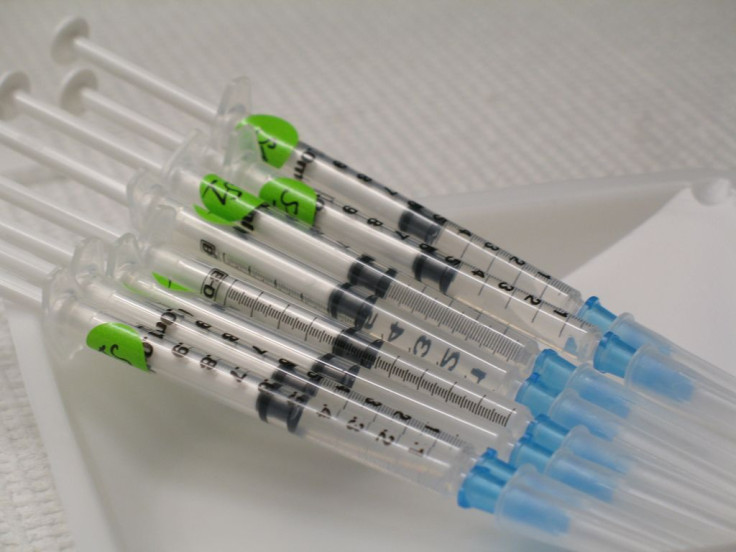Women Are Getting Botox Injections For Their Scalps To Keep Hairstyles Intact

How far would you go to keep that bouncy, voluminous blow-out intact long after you’ve left the salon? If you’re like most people who want to save some money on the regular cut-and-style, you may say you’d be willing to go pretty far. But what if that meant 100 little shots directly to your scalp?
Well, that’s what many women, and some men, have started to do to keep their dos fresh and lovely. Botox is now moving from your face to the top of your head in an attempt to reduce the sweat on our scalps, and keep our hair clean and glowing. But what are the health repercussions for this? Is it something we should even be considering?
Right now, there are a wide range of uses for Botulinum toxin type A, commonly referred to as Botox, which range from correcting wrinkles to helping migraines. Recent applications have been expanded to rectify excessive sweating, as injections can now be used for underarms, hands, and feet. Those who suffer from hyperhidrosis, a condition that involves overactive sweat glands, have especially benefited from this.
“Essentially the way Botox works is it decreases the nerve stimulation of the sweat glands, similar to the way that it blocks stimulating the muscles,” dermatologist Dr. Jessica Weiser told Mashable.
Now, this process is being used for scalp sweat, but the effects are still unclear. According to Dr. Weiser, Botox for the scalp is similar to getting Botox injected on your face, only with a greater surface area. She tells Mashable that dermatologists conducting the procedure will use a 32-gauge needle to inject around 100 units of Botox throughout the scalp — the face only gets 20 or so units. It sounds pretty painful; Weiser equates it to 100 tiny bee stings over a 30 minute period.
The Potential Downsides
Other than the obvious pain of the actual procedure, the side effects of the injection are almost instantaneous; swelling, pain, and bruising often follow. Not to mention the process comes with a pretty hefty price tag: as high as $2,000 per session. The procedure then needs to be repeated four to eight months later so that the effects will last.
What’s more, the FDA has yet to approve Botox injections for your scalp, and the more expansive terrain of your head comes with a different set of risks. The most common risk associated with Botox is the potential for drooping eyelids; if a dermatologist moves too far down from the scalp toward the face, and injects a muscle near the temple, facial movement and structure could be impaired.
Also, Botox injections should always be monitored or conducted by a trained physician who knows to dilute the unit while also spacing injections evenly among blood vessels. If Botox enters the bloodstream it can travel to the central nervous system and cause long-term damage. In rare cases, reactions to Botox could lead to difficulties breathing, or even death. As of now, Dr. Weiser says there is no link between Botox injections for the scalp and subsequent hair loss.
Of course, this is just one of many new beauty trends that potentially compromises health for perfection. A more recent trend in eyelash extensions has caused an increase in visits to optometrists due to eye infections, cornea scratches, and even loss of eyelashes altogether. Horror stories include women being forced to pull off their false lashes in the midst of an allergic reaction, and running to their doctors only to hear there is nothing they can do.
As far as crazy methods to stay beautiful go, the list goes on. As a society, we’ve become relatively used to the idea of Botox, but when will we actually decide that we have gone too far? Is body modification really improving our quality of life, or should we just accept, once and for all, what nature gave us?



























